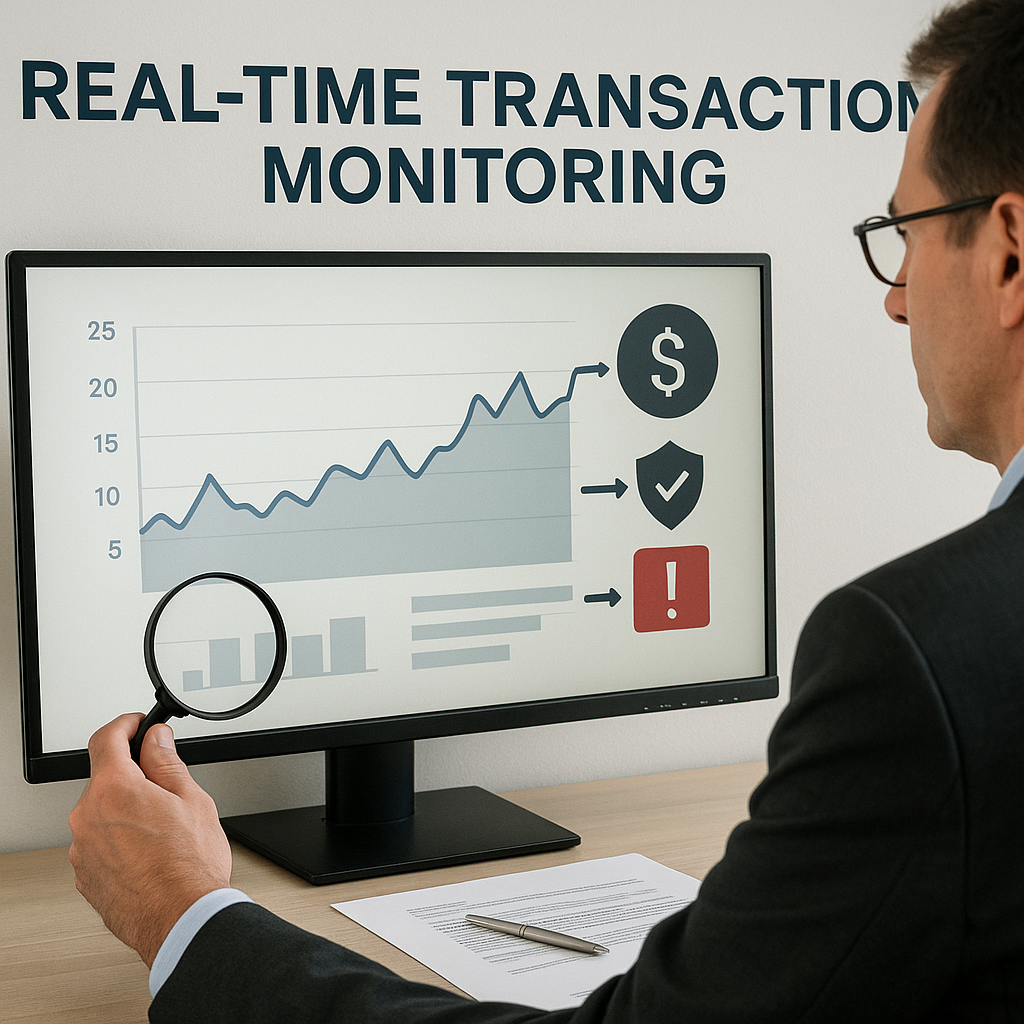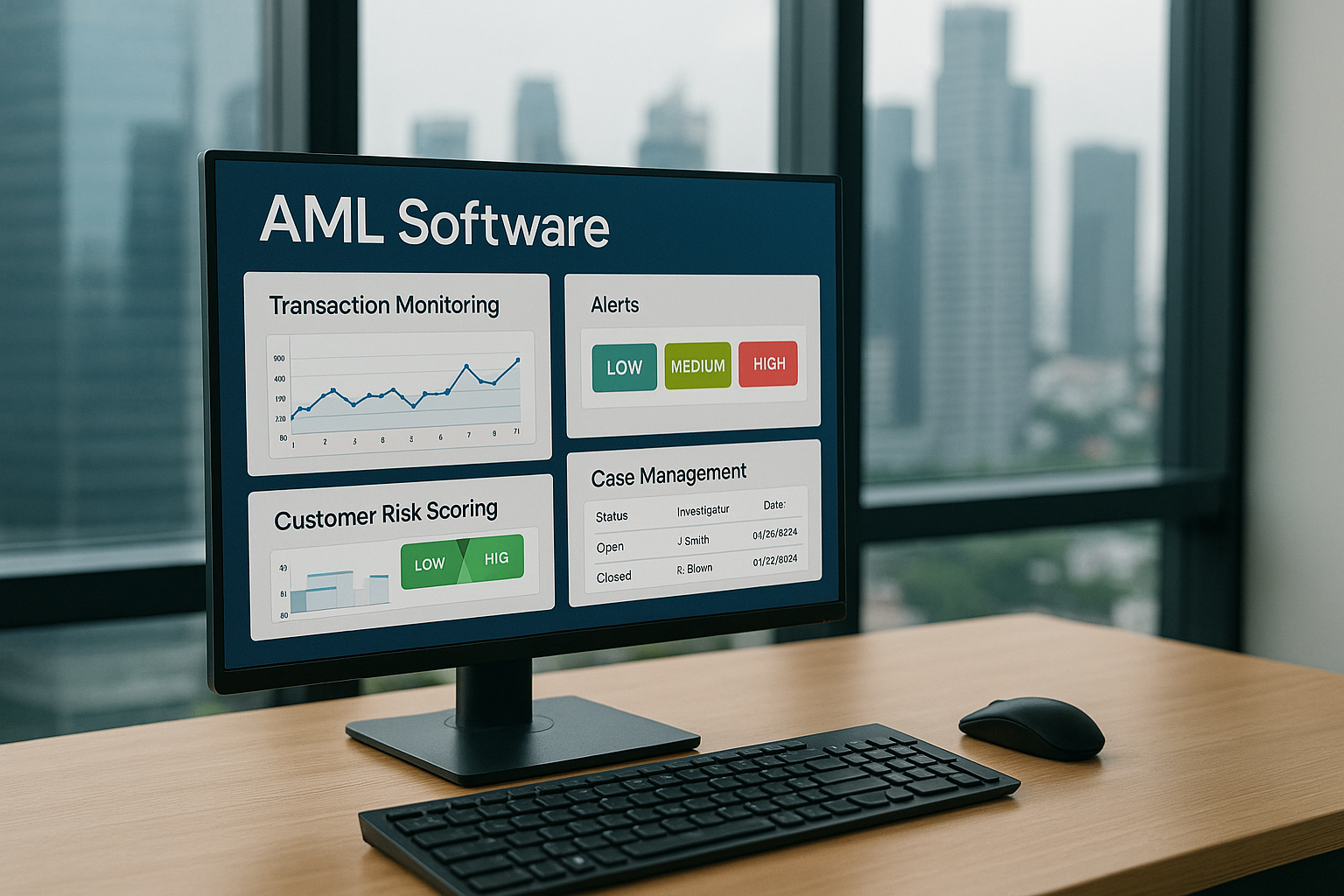Bribe vs Corruption: Understanding the Financial Crimes
.svg)
In the labyrinth of global financial systems, understanding the distinctions between bribery and corruption is crucial for compliance professionals and financial institutions. While often used interchangeably, bribe and corruption encompass different spheres of unethical practices that can severely impact organizations.
This blog delves deep into the definitions, distinctions, and dynamics of bribery and corruption, exploring their forms, the intricate ways they intertwine with money laundering, and the regulatory frameworks designed to combat these pernicious activities. Specifically, we will discuss the Malaysian Anti-Corruption Commission (MACC) Act and how advanced solutions like Tookitaki can be instrumental in detecting and preventing these illicit activities.
Differences Between Bribery and Corruption
Understanding the nuances between bribery and corruption is fundamental in the realm of anti-financial crime. Bribery refers to the act of offering, giving, receiving, or soliciting something of value as a way to influence the actions of an individual holding a public or legal duty. Bribery is a specific and direct transaction between at least two parties.
What is corruption? corruption is a broader term that encompasses not only bribery but also other forms of malpractice by individuals in power. Corruption includes a wide range of activities, including embezzlement, nepotism, and misappropriation, among others. It is essentially the abuse of entrusted power for private gain. Corruption can occur on small scales (petty corruption) or can be intertwined with the highest levels of government and private sectors (grand corruption).
{{cta-first}}
While bribery can be seen as a tool of corruption, corruption itself manifests in systems where bribery may just be one aspect of unethical conduct. The consequences of both are devastating, eroding trust in institutions, undermining the rule of law, and distorting market conditions.
The difference between bribery and corruption is summarised in the below table.
BriberyCorruptionDefinition: The act of offering, giving, receiving, or soliciting something of value to influence the actions of an individual holding a public or legal duty.Definition: A broader term that includes not only bribery but also other forms of malpractice like embezzlement, nepotism, and misappropriation. It is the abuse of entrusted power for private gain.Scope: Specific and direct transaction between at least two parties.Scope: Encompasses a wide range of unethical practices beyond bribery and can occur in various scales and sectors.Examples: A government official receiving gifts to expedite a business license; a corporate executive paying a bribe for contract approval.Examples: An official embezzling public funds; a manager hiring relatives in violation of company policy; a leader manipulating policies to benefit personal interests.Consequences: Directly influences specific actions or decisions, often visibly and immediately traceable.Consequences: Has broader implications that can be systemic, eroding trust in institutions, undermining the rule of law, and distorting market conditions.
Types of Corruption
Corruption manifests in various forms, each with its own unique characteristics and potential harm to institutions and societies. Understanding these types is essential for compliance professionals to effectively recognize and combat corruption within their organizations and networks. Here we explore the primary forms of corruption encountered in both public and private sectors.
Petty Corruption
Petty corruption refers to everyday abuse of entrusted power by low- and mid-level public officials in their interactions with ordinary citizens, who often are trying to access basic goods or services in places like hospitals, schools, police departments, and other agencies. Examples include a police officer soliciting bribes for not issuing a ticket or a local government official demanding payments to expedite service processes. Despite its name, the cumulative impact of petty corruption can be profoundly disruptive, particularly in impoverished regions.
Grand Corruption
Grand corruption occurs at the highest levels of government and can have devastating effects on the entire political and economic landscape of a country. This form involves significant amounts of money and typically concerns policies and decisions made by those at the top echelons of the public sphere. It can lead to major distortions and inefficiencies in public spending and the overall functioning of governmental bodies. An example of grand corruption would be a high-ranking official manipulating national policies to benefit a private sector company in exchange for kickbacks.
Systemic Corruption
Systemic corruption is evident when corruption is an integrated and essential aspect of the economic, social, and political system, when it is embedded in a wider situation that helps sustain it. Here, the procedures and policies of public bodies are designed in a way that makes corrupt behavior almost unavoidable. Systemic corruption is often a result of weaknesses in an organization or process. It creates environments where corrupt practices flourish to the detriment of public good and economic development.
Corruption in the Private Sector
Corruption does not only pertain to public officials; the private sector is equally susceptible. This form of corruption includes acts of bribery, fraud, and embezzlement involving private individuals or companies. A common scenario might involve a business executive who bribes a competitor to secure confidential information or a procurement officer who manipulates bidding processes to favor a particular vendor in exchange for personal gains.
Each of these corruption types poses unique challenges and requires tailored strategies for mitigation and control. By familiarizing themselves with the various manifestations of corruption, anti-financial crime professionals can better safeguard their institutions against these unethical practices.
Bribery and Money Laundering
The relationship between bribery and money laundering is intrinsically linked, as the proceeds from bribery often require laundering to be utilized effectively within the global financial system. Understanding this connection is crucial for compliance professionals to effectively detect and prevent these intertwined illicit activities.
The Process of Laundering Bribe Money
Bribery generates funds that are inherently illegal, and the recipients of these funds frequently seek to legitimize their ill-gotten gains through money laundering. The process typically involves three key stages:
- Placement: The illicit funds are introduced into the financial system. For instance, a bribe received in cash may be deposited into a bank account or used to purchase high-value items like art or real estate.
- Layering: The funds are moved and diversified through a series of transactions designed to confuse the audit trail and sever the link with their original source. This could involve transferring money between multiple accounts across different countries or making investments in complex financial products.
- Integration: Finally, the laundered money is reintegrated into the economy in such a manner that it appears legitimate. It could be used to purchase property, fund businesses, or support the lavish lifestyles of those who received the bribes, all under the guise of legal income.
The Role of Financial Institutions
Financial institutions are often unwittingly implicated in these schemes. Compliance officers within these institutions must be vigilant in their monitoring of unusual or suspicious financial activities that could indicate money laundering from bribery. This includes sudden influxes of cash, frequent transfers to and from countries with high risks of corruption, and transactions involving politically exposed persons (PEPs) who are more likely to be involved in bribery due to their positions and influence.
Regulations to Combat Corruption: MACC Act in Malaysia
In Malaysia, the fight against corruption is spearheaded by the Malaysian Anti-Corruption Commission (MACC), empowered by the MACC Act 2009. This legislation is a cornerstone in Malaysia’s legal framework to combat corruption, providing the commission with the authority to conduct arrests, investigations, and prosecutions.
Key Provisions of the MACC Act
The MACC Act outlines severe penalties for both bribe givers and receivers, demonstrating Malaysia's commitment to eradicating corruption. The act also includes provisions for corporate liability, meaning companies can be held accountable for corrupt practices engaged in by their employees if they fail to demonstrate adequate controls to prevent such behavior.
{{cta-ebook}}
Impact of the MACC Act
Since its implementation, the MACC Act has led to numerous high-profile arrests and prosecutions, serving as a deterrent to potential perpetrators of corruption. The act also emphasizes the importance of transparency and accountability in both public and private sectors, enhancing Malaysia’s international reputation for business and governance.
This regulatory framework is part of a global trend towards stricter anti-corruption measures, reflecting an international commitment to enhancing transparency and accountability in governance and business.
Detecting Money Laundering with Tookitaki
In the fight against bribery and corruption, detecting and preventing money laundering is crucial. Tookitaki's innovative compliance solutions provide financial institutions with advanced tools to tackle these challenges effectively. Leveraging state-of-the-art technology, Tookitaki enhances the capabilities of compliance teams to identify, monitor, and act upon suspicious activities that may indicate money laundering or corruption-related transactions.
As financial crime tactics evolve, so too must the tools to combat them. Tookitaki’s commitment to continuous improvement and innovation ensures that its solutions stay at the cutting edge of technology, providing clients with the best defense against the dynamic threats posed by bribery, corruption, and money laundering. By integrating Tookitaki’s solutions, financial institutions not only enhance their compliance frameworks but also contribute to a more transparent and ethical global financial system.
Experience the most intelligent AML and fraud prevention platform
Experience the most intelligent AML and fraud prevention platform
Experience the most intelligent AML and fraud prevention platform
Top AML Scenarios in ASEAN

The Role of AML Software in Compliance

The Role of AML Software in Compliance










